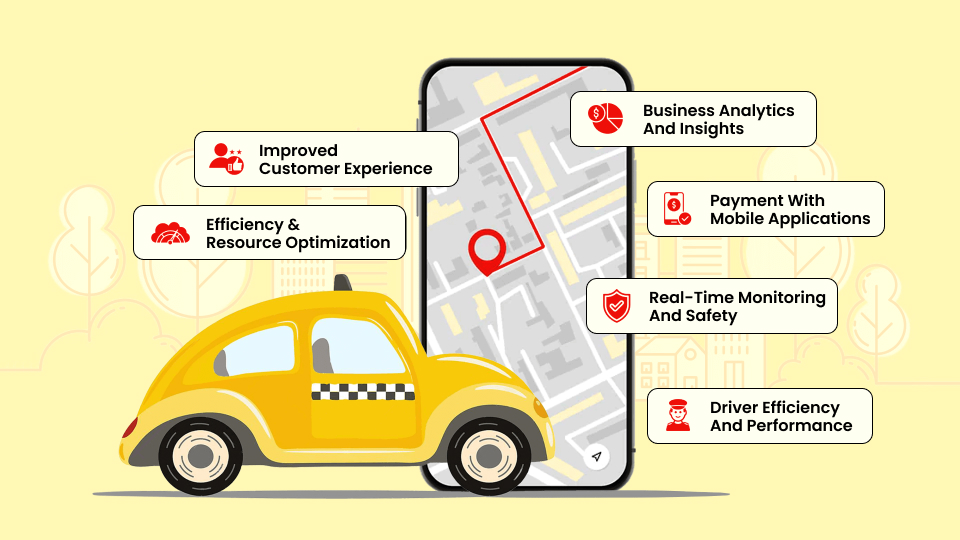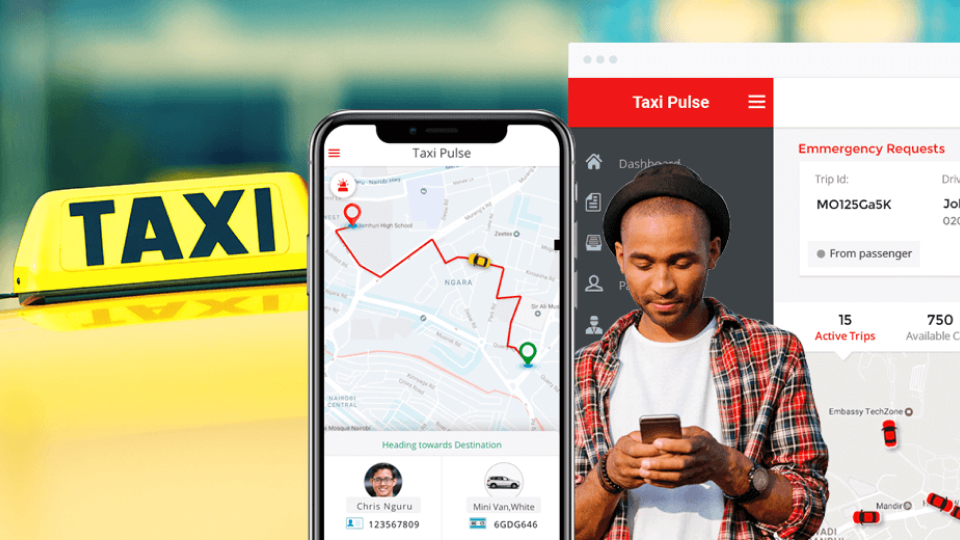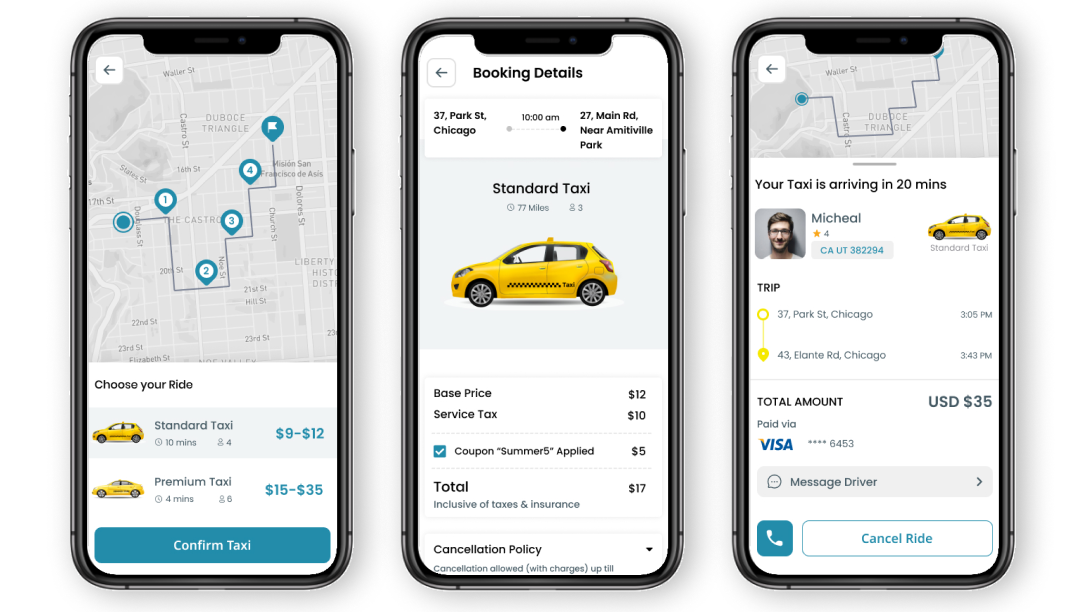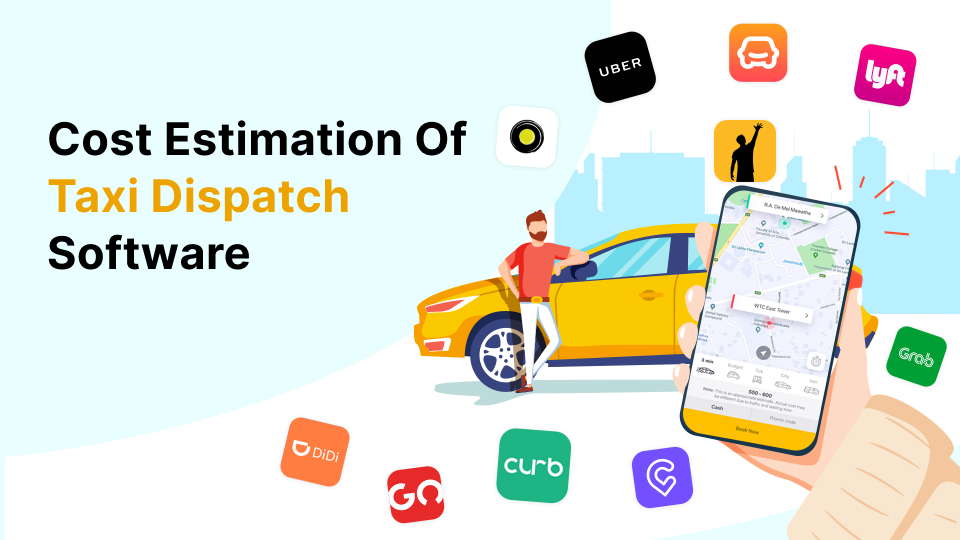
Everything You Need To Know About Taxi Dispatching Software
In the fast-paced and ever-evolving world of transportation, efficient management and dispatching of taxis play a crucial role in ensuring smooth operations and customer satisfaction. Taxi dispatching software has emerged as a game-changing technology, revolutionizing taxi companies’ operations and transforming the passenger experience.
By harnessing the power of advanced algorithms and real-time data, this software enables taxi companies to optimize their resources, improve service quality, and stay ahead in a highly competitive market.
According to a study by Market Watch, the global taxi dispatch software market was valued at $4.01 billion in 2020 and would reach $7.53 billion by 2028, growing at a CAGR of 8.5% from 2021 to 2028. This exponential growth indicates the increasing adoption of the taxi dispatch system by industry players worldwide, recognizing its significance in streamlining operations and enhancing overall efficiency.
What is taxi dispatch software?
Taxi dispatching software is designed to streamline receiving and managing ride requests, assigning drivers to riders, and optimizing routes for quick and convenient transportation. The primary function of taxi booking management software is to enhance the overall customer experience, reduce operational costs, and improve the utilization of resources.
Empower your taxi business with a robust taxi booking software
Taxi booking software offers numerous benefits to taxi companies, drivers, and passengers. You should learn about the advantages to leverage the maximum out of it. Here are some key advantages you can consider:
Enhanced efficiency and resource optimization
Taxi software enables efficient allocation and management of resources, such as vehicles and drivers. The software employs advanced algorithms to optimize dispatching decisions based on real-time data, considering location, traffic conditions, and customer demand. It leads to improved efficiency, reduced idle time, and better utilization of available resources, ultimately resulting in cost savings for taxi companies.
Reduced wait times and improved customer experience
One of the primary benefits of taxi management software is its ability to minimize passenger wait times. The software efficiently matches passengers with available taxis based on proximity and availability, ensuring prompt pickups. Passengers can request rides, track the arrival of their assigned vehicle, and receive estimated arrival times, enhancing overall convenience and customer satisfaction.
Real-time monitoring and safety
Taxi dispatch software incorporates GPS tracking and real-time monitoring capabilities, allowing taxi companies to monitor their fleet and driver activities. It promotes safety by enabling companies to track the movement of vehicles, ensuring drivers adhere to traffic regulations and follow designated routes. In case of emergencies or safety concerns, the software can quickly pinpoint the location of a vehicle, enabling swift assistance or intervention.
Improved driver efficiency and performance
Taxi dispatch system provides drivers with advanced tools and features to enhance their efficiency and performance. Features like optimized route guidance, traffic updates, and real-time trip data help drivers navigate more effectively, saving time and reducing fuel consumption. The software also enables automated fare calculation, eliminating manual errors and disputes and simplifying payment processes for drivers and passengers.
Business analytics and insights
Modern taxi dispatching software often incorporates robust reporting and analytics capabilities. These tools generate comprehensive reports on key performance indicators, such as trip volumes, revenue, customer feedback, and driver ratings. Analyzing this data helps taxi companies identify trends, make data-driven decisions, and implement strategies to optimize operations, improve service quality, and stay competitive.
Integration with mobile applications and payment systems
Many taxi fleet management software solutions integrate seamlessly with mobile applications, allowing passengers to book rides, track vehicles, and conveniently pay through smartphones. This integration streamlines the entire booking and payment process, enhances the user experience, and boosts customer loyalty.
An insight into the cost estimation of a taxi dispatching system
Estimating the cost of taxi dispatch software involves considering several factors influencing pricing. Here are some key factors to consider when evaluating the cost of taxi booking software:
a. Software features
A taxi management software’s cost will depend on its features and functionalities. Basic software packages may include essential features like dispatch management, GPS tracking, and driver allocation. More advanced software packages may offer additional features such as real-time analytics, driver performance monitoring, integration with mobile applications, and automated fare calculation. The complexity and comprehensiveness of the software features will impact the cost.
b. Customization
It may add to the overall cost if you require customization or specific modifications to the software to meet your unique business requirements. Customization could involve adapting the software interface, integrating existing systems, or incorporating specific workflows or reporting capabilities. The level of customization required will affect the pricing.
c. Scalability
Consider whether the software can accommodate your business’s growth and scalability needs. You may need a scalable software solution if you anticipate expanding your fleet or adding new functionalities. Scalability often comes at an additional cost, so discussing this requirement with the software provider and understanding the associated pricing implications is essential.
d. Licensing and deployment model
The licensing and deployment model you choose can impact the cost. Some software providers offer subscription-based pricing, where you pay a monthly or annual fee. Others may provide perpetual licenses, where you make a one-time payment but may have additional maintenance and support costs. Additionally, cloud-based software solutions generally involve recurring subscription fees, while on-premise installations may require upfront costs for hardware and infrastructure.
e. Support and maintenance
Consider the level of support and maintenance offered by the software provider. It may include technical support, software updates, bug fixes, and training. Support and maintenance services may be included in the initial cost or provided as an additional service with an associated fee. Understanding the support and maintenance terms is essential to factor them into the overall cost estimation.
f. Vendor reputation and market competition
The reputation and track record of the software vendor can influence pricing. Established vendors with a strong market presence may charge higher prices due to their brand value and customer trust. On the other hand, emerging vendors or increased competition in the market may offer more competitive pricing to attract customers. Researching different vendors and comparing their offerings can help you get an idea of the price range in the market.
Make a wise decision while planning for a taxi scheduling software
It’s recommended to contact multiple taxi dispatching software providers, discuss your specific requirements, and request detailed pricing proposals. It will allow you to compare different options and decide based on your budget and particular needs.
Pricing models and cost structures can vary among software providers, so it’s essential to have clear communication and transparency regarding the pricing details.
Related Articles
Build Or Buy: What Is Better For Your Taxi App Solution?
Get Rid Of Your Taxi Business Hassles With White Label Taxi App
A Complete Uber App development Cost Estimation For Your Taxi Business
Why You Need An Automated Driver Billing System For Your Taxi Booking App












